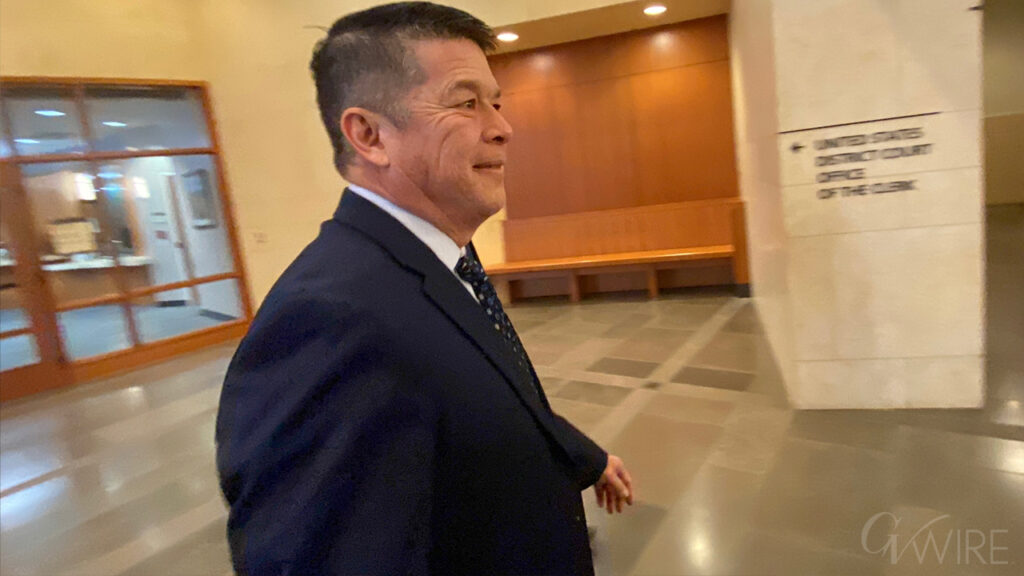Share
![]()
■Two in three Americans want to do away with daylight saving time.
■Serious health repercussions are linked to DST.
■The decision to continue or abandon the annual time changes wrests with Congress.
As the U.S. gears up for the annual “spring forward” ritual on Sunday morning, many Americans are expressing their disdain for the biannual time changes. A significant 66% of the population would prefer to do away with the practice altogether, while only 21% wish to continue the tradition.
The issue isn’t just about the inconvenience of adjusting clocks. Research has linked the March transition to daylight saving time with serious health repercussions, including an increase in heart attacks and sleep deprivation among teenagers.
Beth Ann Malow, a professor of neurology and pediatrics at Vanderbilt University Medical Center, has been studying the impact of these time changes for over five years. She asserts that the shift to DST each spring not only has immediate health effects but also continues to impact health throughout the nearly eight months that Americans remain on DST.
The Crucial Role of Morning Light
The debate over whether to adopt permanent DST or permanent standard time is split among Americans. However, a growing number of states are leaning towards permanent standard time, which aligns more closely with natural light.
Morning light plays a crucial role in setting our body’s natural rhythms, enhancing alertness, and boosting mood. The shift to DST, which pushes natural light an hour later in the morning and evening, can disrupt these rhythms.
The extended evening light during DST also delays the release of melatonin, the hormone that promotes sleep, leading to overall sleep deprivation. This effect is particularly harmful to adolescents, who are already prone to sleep deprivation due to their busy schedules and the late release of melatonin during puberty.
Geographical location also plays a role in how DST affects individuals. Studies have shown that residents on the western edge of a time zone, who experience light later in the morning and evening, get less sleep and have higher rates of obesity, diabetes, heart disease, and certain cancers.
Congress Sits on Its Hands
Despite the mounting evidence against DST, the decision to end the time shift lies in the hands of legislators. As of March 2024, 17 states have passed laws to adopt year-round DST, but they need to wait for Congress to act. Meanwhile, the push for permanent standard time has increased from 15% in 2021 to 37% in 2024.
Read more at The Conversation.



















